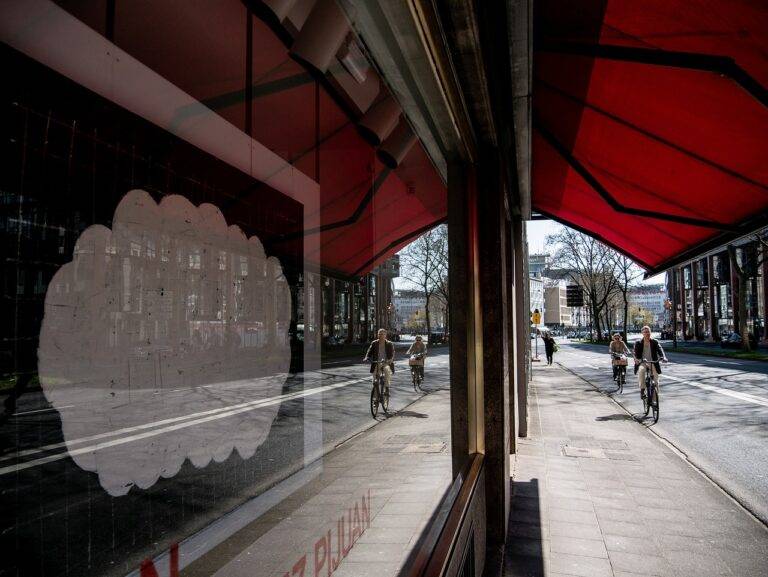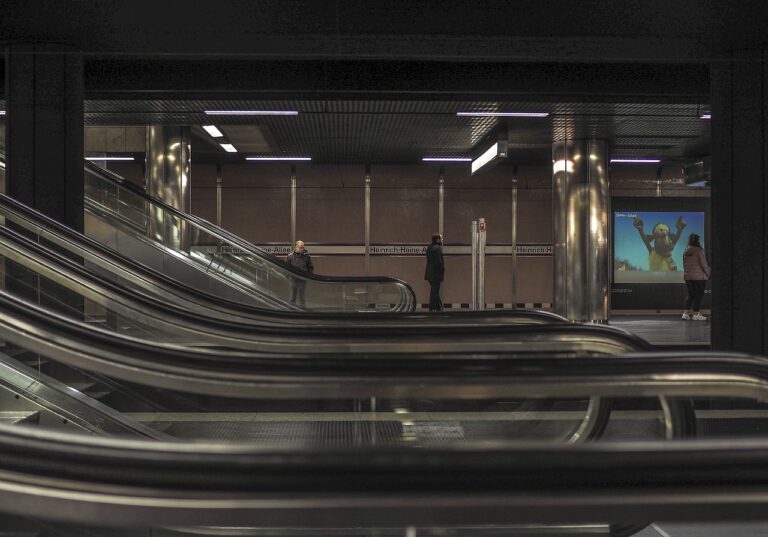Sustainable Transportation: Eco-Friendly Options for Getting Around
Walking is a timeless and sustainable mode of transportation that offers numerous benefits to individuals and communities. Whether it’s taking a leisurely stroll to run errands or walking to work or school, this simple act not only helps reduce carbon emissions but also contributes to improved physical and mental well-being. Walking is a cost-effective and environmentally friendly way to get around, requiring no special equipment or infrastructure.
In addition to its individual health benefits, walking as a mode of transportation promotes social interaction and community engagement. Walking fosters a sense of connection with one’s surroundings and allows for a deeper appreciation of the environment. By choosing to walk instead of drive, individuals can help create safer and more vibrant neighborhoods, while also reducing traffic congestion and enhancing overall quality of life.
Cycling for Commuting and Leisure
Cycling has become increasingly popular as a mode of transportation for both commuting to work and leisure activities. Many urban areas have implemented bike lanes and shared pathways to promote cycling as a sustainable and efficient way to travel. Commuting by bike not only reduces carbon emissions but also contributes to a healthier lifestyle by incorporating physical activity into daily routines.
In addition to commuting, cycling is also a popular choice for leisure activities. Many people enjoy exploring scenic routes and nature trails on their bikes, providing a sense of freedom and adventure. Moreover, cycling offers a low-impact form of exercise that can be enjoyed by people of all ages and fitness levels, making it a versatile and inclusive recreational option.
Public Transportation: Buses, Trains, and Subways
Public transportation offers a convenient and cost-effective way to travel in urban areas. Buses, trains, and subways are commonly used modes of public transportation that cater to the diverse needs of commuters. Buses provide a flexible option for short to medium-distance trips, with routes covering various neighborhoods and stops along the way. Trains offer a faster and more efficient way to travel longer distances within a city or between cities, making them a popular choice for commuters looking to avoid traffic congestion.
Subways are an underground rail system that operates in many major cities, offering a fast and efficient way to navigate dense urban areas. With their extensive network of routes and frequent schedules, subways are often the preferred mode of transportation for daily commuters. By utilizing public transportation such as buses, trains, and subways, individuals can reduce their carbon footprint, alleviate traffic congestion, and enjoy a stress-free journey to their destinations.
• Buses provide a flexible option for short to medium-distance trips
• Trains offer a faster and more efficient way to travel longer distances within a city or between cities
• Subways are an underground rail system that operates in many major cities
• Subways offer a fast and efficient way to navigate dense urban areas
• Public transportation helps individuals reduce their carbon footprint
• Using public transportation can alleviate traffic congestion
• Commuters can enjoy a stress-free journey by utilizing buses, trains, and subways.
Are buses a reliable mode of public transportation?
Yes, buses are a reliable mode of public transportation that can take you to various destinations within a city or region.
What are the benefits of taking the train for commuting?
Taking the train for commuting can help reduce traffic congestion, save money on gas and parking, and provide a more relaxed and comfortable travel experience.
How does cycling benefit both the environment and personal health?
Cycling is a sustainable mode of transportation that produces zero emissions, reduces traffic congestion, and promotes physical activity for improved health and fitness.
What are some tips for using subways in a big city?
When using subways in a big city, it’s important to familiarize yourself with the routes and schedules, keep your belongings secure, and be mindful of etiquette such as letting passengers exit before boarding.





